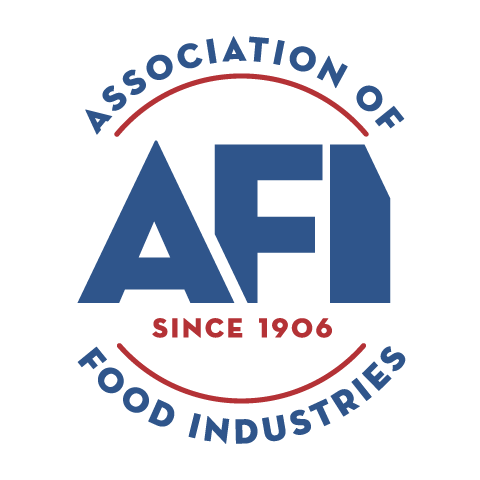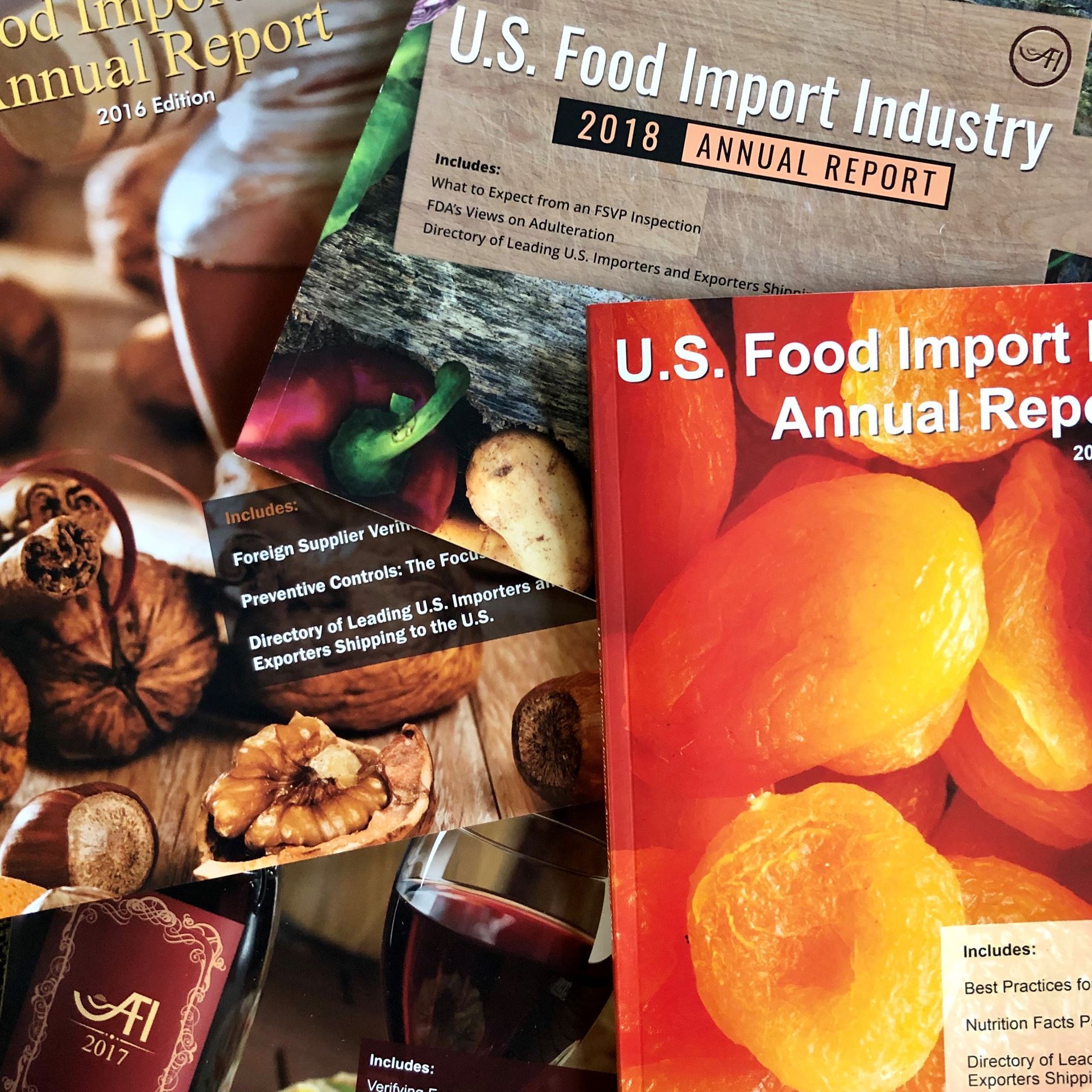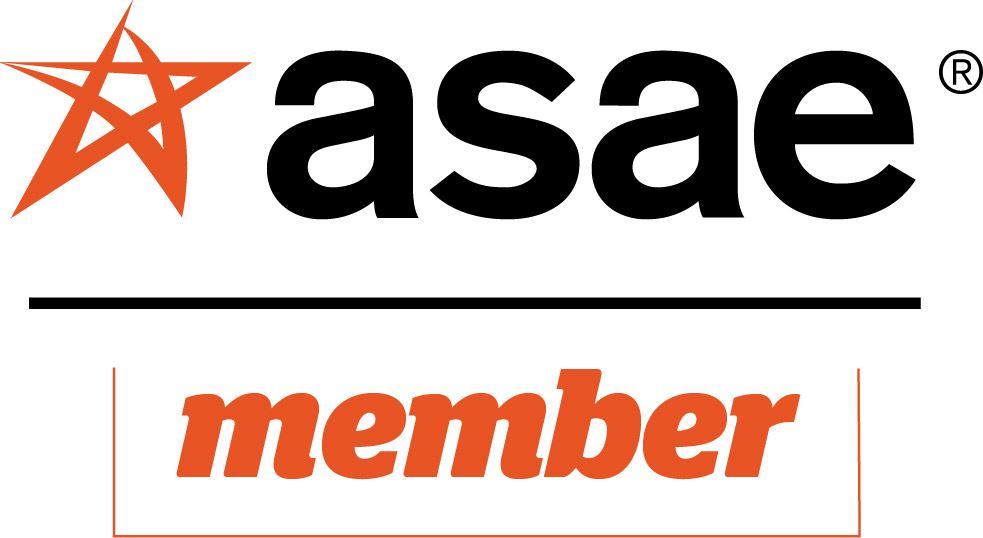FDA Outlines Imported Foods Strategy(Below is an edited version of a Feb. 25, 2019 statement from FDA Commissioner Dr. Scott Gottlieb and Deputy Commissioner Frank Yiannas on a new strategy to advance FDA’s food safety mission and modernize oversight of imported food.) American consumers expect a diverse, robust and fresh food supply that’s affordable and safe all year round. Since not all food products can be produced solely by domestic facilities, to help meet these demands, the U.S. imports about 15 percent of its overall food supply from more than 200 countries or territories representing about 125,000 international food facilities and farms. Over the past 15 years alone, we’ve seen a trend of rising imported foods. Other countries now supply about 32 percent of the fresh vegetables, 55 percent of the fresh fruit and 94 percent of the seafood that Americans enjoy. Even though we’ve seen an increase in imported foods, the safety of food products available to American consumers hasn’t waned thanks to the important roles that the U.S. Food and Drug Administration, the food industry and our regulatory counterparts around the world play in addressing the safety of imported human and animal foods. Whether produced domestically or abroad, a critical part of the FDA’s job is making sure all foods sold to American consumers meet U.S. food safety standards. This is especially important given the globalization of the food supply and steps the food industry has taken to meet consumer demands. The result is more complex supply chains and increased specialization, where a single manufacturer responsible for a single ingredient could find it in many different finished products. We work hard every day to ensure that the U.S. food supply remains among the safest in the world. One of the greatest advancements in our ability to better safeguard our food supply, has been the implementation of the FDA Food Safety Modernization Act, which gave the FDA additional authority over importers and food producers sending products to the U.S. market and provided support for a level playing field between domestic and international producers. Optimizing our FSMA implementation activities, as well as our longstanding tools and authorities, will provide for an even more comprehensive approach to help ensure imported food safety. Today, we’re taking an important, new step to communicate how the FDA intends to use our modern toolkit by introducing a new, comprehensive, imported food safety strategy to address these challenges and opportunities. Our new strategy is designed to meet four important goals: preventing food safety problems in the foreign supply chain prior to entry into the U.S.; effectively detecting and refusing entry of unsafe foods at U.S. borders; responding quickly when the FDA learns of unsafe imported foods; and measuring our progress to ensure that our imported food safety program remains effective and efficient. To achieve our first goal of preventing imported safety problems prior to entry into the U.S., we’ll take new steps to continue to ensure that food offered for import meets the same standards as domestically produced food. One of our tools to achieve this goal is onsite inspections of foreign food facilities. These valuable inspections are resource-intensive, so our strategy will involve a more modern focus on tools for risk-informed prioritization of firms for inspection. Our decisions will be informed by an increasing amount of data and information from other oversight activities and partners. To that end, we also recently began inspections for the FDA’s Foreign Supplier Verification Programs rule. This program requires importers to verify that their suppliers are meeting U.S. food safety standards. Some key requirements under this rule include obligating U.S.-based importers to conduct hazard analyses, perform evaluations of the risk of the food and foreign suppliers, and conduct safety verification activities based on the identified hazards, including the use of third-party audits as appropriate. In addition, the FDA’s launch of the Accredited Third-Party Certification program will aid the agency in meeting our goal of preventing imported food safety problems prior to entry into the U.S. This program provides a framework for audits of foreign food facilities to verify compliance with U.S. food safety standards, which can be used by importers to establish eligibility in the Voluntary Qualified Importer Program. VQIP offers importers expedited review and entry of their food based on the safety assurances that the audits provide. The program also provides the FDA with additional data and intelligence that will help us plan oversight activities based on a more accurate assessment of risk. To advance our focus on preventive measures, the FDA’s new strategy also outlines how we’ll utilize a systems recognition program. Under this program we recognize that certain countries’ food safety systems and oversight activities provide comparable levels of public health protection to ours. In turn, these countries adopt a similar reliance on our systems and oversight activities. By relying on the activities of these reputable foreign regulatory programs, the FDA can avoid conducting separate inspectional oversight activities that are already by these foreign regulators with strong regulatory systems that are a part of the systems recognition program. By leveraging partnerships between the U.S. and other countries with very strong food safety systems through our systems recognition program, we’re able to prioritize our inspection and border screening activities on foods imported from higher-risk areas. In turn, we’re better positioned to verify the safety of food products presented for import. So far, Canada, New Zealand and Australia have been assessed and recognized as comparable under the systems recognition program. In addition, we’re currently working with the European Union on a mutual assessment. While we work to prevent problematic foreign food from reaching the U.S., we’re equally focused on our second goal -- detecting and refusing unsafe products -- by updating our import screening and review processes at the U.S. border. The FDA is charged with examining foods offered for import into the U.S., including high-risk foods. To accomplish this complex task, the FDA utilizes its Predictive Risk-based Evaluation for Dynamic Import Compliance Targeting (PREDICT). This is an automated import screening tool that helps us to identify high-risk shipments of food offered for import. As part of our new strategy, the FDA intends to optimize this tool by incorporating new sources of data from foreign supplier verification programs, voluntary importer incentive programs, accredited third-party auditors, foreign regulatory authorities and domestic supply chain activities. This will allow us to form a more complete picture of the risk of imported food in a new era of smarter food safety. By enhancing our access to various data streams, we’ll be better positioned to catch issues with imported foods before they are made available in the U.S. marketplace. As we implement our first two goals, we must remain wise to the fact that, despite our best efforts to prevent and stop unsafe food from entering the U.S., it’s impossible to completely stop all unsafe food products before they hit our market. That’s why our third goal is focused on enhancing our ability to swiftly respond to unsafe imported food. To meet this goal, our new strategy describes how the FDA will use data from multiple sources to optimize use of physical examination and to develop strategic and targeted surveillance sampling that targets the highest-risk products for sampling assignments. This approach allows regular monitoring and surveillance of imported products, facilitates targeted assignments to collect data that informs oversight activities, and assists with verification of other related programs. We’ll also continue our work with state and other partners to determine how we can improve testing methodologies and tools used to determine admissibility of food offered for import. Further, we’ll capitalize on opportunities for improving the efficiency of our response to food safety incidents, for example by using mandatory recall authority, import alerts and improved information sharing with our regulatory partners as appropriate. Our final goal is to ensure that our import program remains effective and efficient and adopts modern tools to advance these purposes. We’ll be developing an improved global inventory of food facilities and farms to help optimize the FDA’s resource allocation for imported food safety oversight to areas of higher risk and help us strategically employ the full range of our regulatory tools as effectively as possible. To make our imported food safety program as efficient as possible, we’ll assess our performance of imported food safety activities and take additional steps to improve our performance based on those assessments. We’re already in the process of developing performance measures and outcome indicators for imported food safety and intend to publish our measures and non-confidential data about imported food, foreign suppliers, FSVP importers and other importers to the public as it becomes available. Overall, our modern strategy is designed to leverage our different authorities and tools to provide a multi-layered, data-driven, smarter approach to imported food safety. We recognize that the FDA plays an important oversight role in securing consumer safety. We’re fully committed to keeping our food safety mission robust and highly effective in this increasingly complex and global food landscape. |
2019 U.S. Food Import Industry Annual ReportChairman's Report - Steve O'Mara President’s Report - Bob Bauer North American Olive Oil Association - Gabriel Estevez Processed Foods Section - Joseph Christovao, IV. Nut & Agricultural Products Section - Diana Thompson National Honey Packers & Dealers Association - Greg Olsen Regulatory and Trade IssuesProduct Recalls: Readiness Is Key Often Forgotten FSMA Component: Intentional Adulteration Rule The Power of Informed Compliance - Paul K. Jeka Best Practices for Effective Customs Clearance - Rick Walker Ready for a Process Validation? - Sherman L. Mah FDA Outlines Imported Foods Strategy Nutrition Facts Panel Changes Summarized Today's Currency for Building Relationships? - Ned Blinick Scaling Your Business - Rob Martucci Profitability Recipes for Food and Beverage Companies - Louis J. Biscotti Are Retail Online and mPOS Applications Secure? - Phil Jones Increasing Compliance and Regulatory Issues in Banking and Finance - John Grieco |



